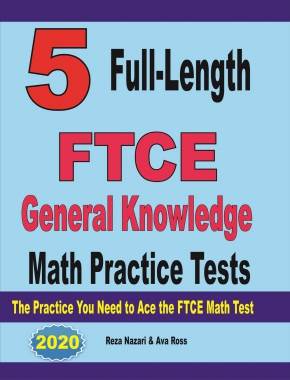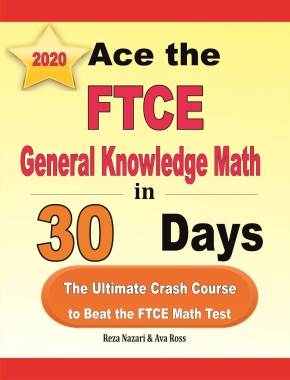How to Find Rotation of Axes and General Form of Conic Sections
The rotation of axes and the general form of conic sections are fundamental topics in analytic geometry. To tackle these subjects, it's beneficial to break them down step by step.

Step-by-step Guide to Find Rotation of Axes and General Form of Conic Sections
Here is a step-by-step guide to finding the rotation of axes and the general form of conic sections:
1. Rotation of Axes
Before diving into the conic sections, let’s understand what rotation of axes means. When you rotate the axes, you’re essentially looking at the same graph but from a different perspective, like turning your head to see something from a different angle.
Steps for Rotation of Axes:
1.1. Understand the Basics:
- Original Axes: \(x\) and \(y\)
- New Axes (rotated by an angle \(\theta\)): \(x′\) and \(y′\)
1.2. Equations Relating Old and New Axes: Given a point \(P \ (x,y)\) on the original axes, its coordinates on the new axes are \(P \ (x′,y′)\). The relationships are:
\(x=x′cos \ \theta−y′sin\ \theta\)
\(y=x′sin \ \theta+y′cos \ \theta\)
1.3. Using the Above Equations: To convert the equation of a curve from the old axes to the new axes, substitute the expressions for \(x\) and \(y\) from the relationships above.
2. General Form of Conic Sections
A conic section can be represented as:
\(Ax^2+Bxy+Cy^2+Dx+Ey+F=0\)
Where, \(A, B, C, D, E\), and \(F\) are constants.
2.1. Identify the Conic Based on the General Form:
- Circle: \(B=0, A=C\)
- Ellipse: \(B=0, A≠C\)
- Parabola: \(B^2−4AC=0\)
- Hyperbola: \(B^2−4AC>0\)
2.2. Converting to Standard Form: If the equation contains the term \(xy\) (i.e., \(B≠0\)), it indicates that the conic is not aligned with the coordinate axes and needs to be rotated.
Steps to Convert to Standard Form:
Step 1: Divide the entire equation by the term that doesn’t contain \(x\) or \(y\) to make it equal to \(1\).
Step 2: For equations with \(xy\) terms, the angle of rotation \(\theta\) can be found using:
\(tan(2\theta)=\frac{B}{A−C}\) Calculate \(\theta\).
Step 3: Use the rotation of axes formulas mentioned earlier to transform the equation.
Step 4: The transformed equation will now be free of the \(xy\) term, placing it in one of the standard forms of conic sections (circle, ellipse, parabola, or hyperbola).
Final Word
the study of the rotation of axes helps in simplifying the representation of conic sections. By rotating the axes to eliminate the \(xy\) term, one can represent the conic section in its standard form, making it easier to identify and analyze.
Related to This Article
More math articles
- How to Use Strip Diagrams to Solve Multi-step Word Problems
- How to Solve Multi-Step Equations? (+FREE Worksheet!)
- How maths helps in everyday life
- How to Understand Angles in Quadrilaterals
- SSAT Upper-Level Math Formulas
- 5 Best Reliable Calculators for School, Home, and Work
- Product Projections: How to Swiftly Estimate Decimal Multiplications
- How to Solve Composition of Functions? (+FREE Worksheet!)
- The Virtual Classroom Advantage: How Online Math Tutors Enhance Elementary Math Education
- How to Use Graphs to Solve Equation Systems: Word Problems



















What people say about "How to Find Rotation of Axes and General Form of Conic Sections - Effortless Math: We Help Students Learn to LOVE Mathematics"?
No one replied yet.